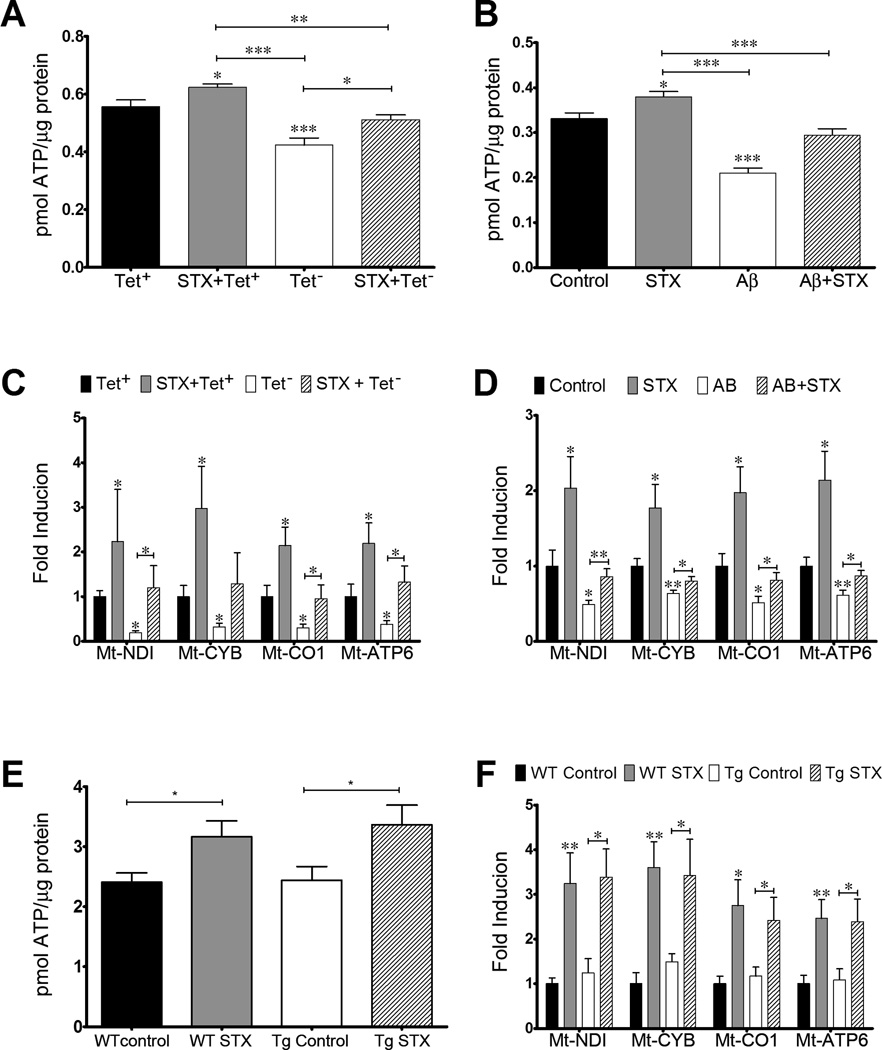Figure 2. STX protects against Aβ-induced loss of mitochondrial function in neuroblastoma cells and hippocampal neurons.
A–B): STX improves mitochondrial function in neuroblastoma cells. A). 100 nM STX increased ATP production in control MC65 cells (Tet+condition) and attenuated the decrease in ATP production caused by the induction of Aβ expression (Tet− condition). B) 100 nM STX increased ATP production in control SH-SY5Y cells and attenuated the decrease in ATP production caused by treatment with Aβ peptides (n=10–12 per treatment condition). C-D): STX (100 nM) also increased ETC gene expression in control cells and attenuated the decrease in ETC gene expression caused by Aβ exposure in both MC65 cells (C) and SH-SY5Y cells (D) (n = 12–15 per treatment condition). E) STX (100 nM) increased ATP production in hippocampal neurons from both WT and Tg2576 animals. F) STX also increased the expression of ETC genes in neurons from both genotypes (n = 6 per treatment condition). *p<0.05; **p<0.01; ***p<0.001

